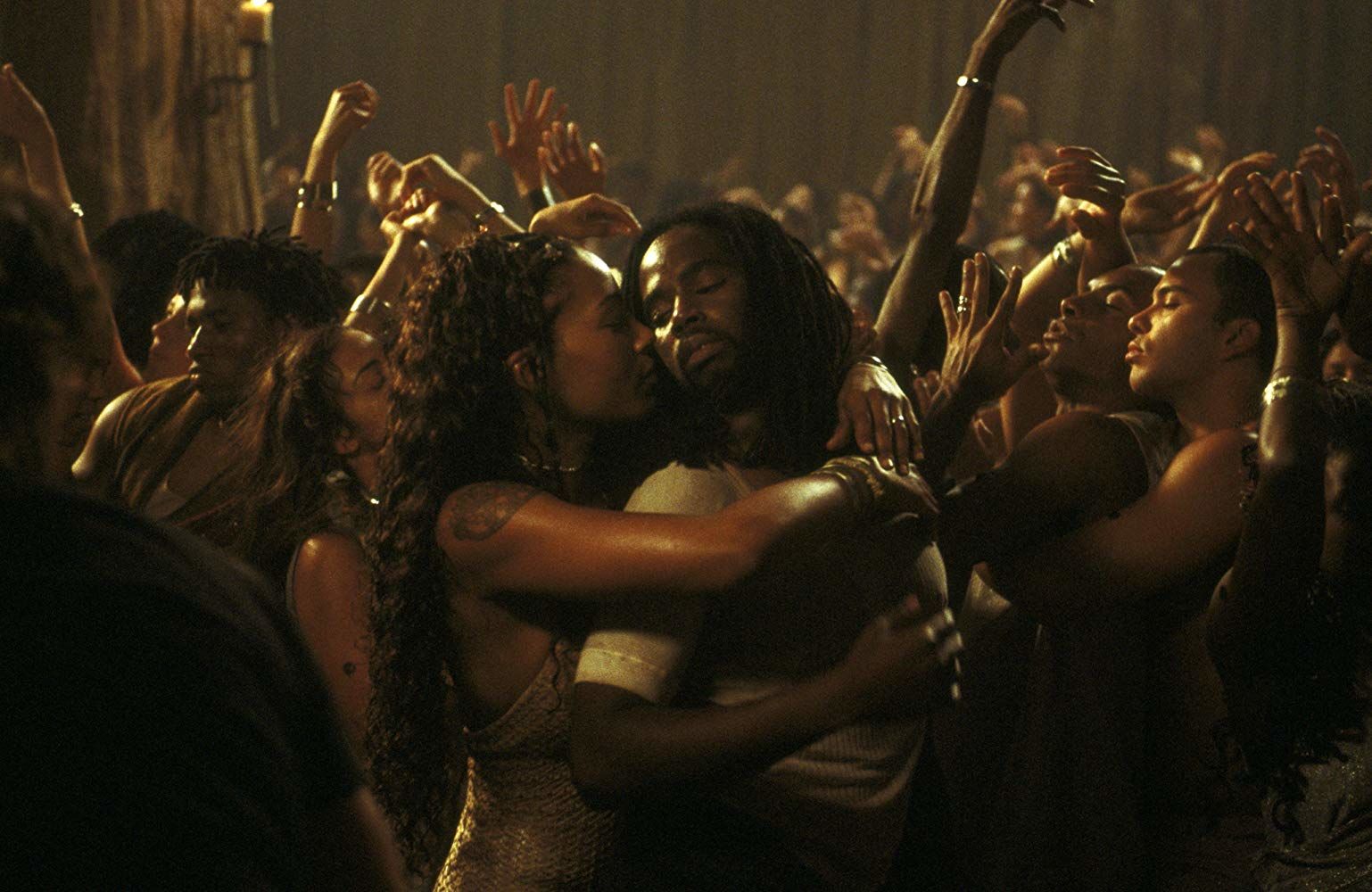Consider this moment in time: It’s 1999. The turn of a new millennium was approaching, and for some, a mix of excitement and fear was linked with it. From the craze that was Y2K to the “arrival” of the futuristic utopia so many films prior had showcased, the turn of the century was a moment shrouded in suspense, and then the Wachowski sisters came along and released a film that would change everything: The Matrix.
Believed by many publications to be one of the greatest science fiction films of all time, the Wachowskis crafted a film that simply has it all—mind-bending ruminations on life, costumes that would define entire eras of fashion, and even some of the greatest action sequences ever committed to film. For lack of a better term, and with the pun fully intended, The Matrix was, and still is, one of the most revolutionary pieces of cinema to ever be created.
When it comes to successful blockbusters, the question of sequels tends not to be if they will be made, but rather when they will be? In the case of this franchise, it would return four years later as The Matrix Reloaded, once again helmed by the Wachowskis, but rather than provide audiences with more of the same, they flipped the beloved film on its head, and in turn, created one of my favorite moments in film history. Is it the bombastic action sequence where a 1.5-mile-long freeway was built as the setting? Or perhaps Neo confronting the Architect to discuss the very essence of the Matrix and the human condition? Even in a film that has an array of riveting side characters, like the Merovingian and Seraph, my mind wanders elsewhere. The moment in this film that captivates me most is the rave sequence in Zion, a scene so jaw-droppingly beautiful and emotionally resonant that nothing quite like it has existed in cinema since.
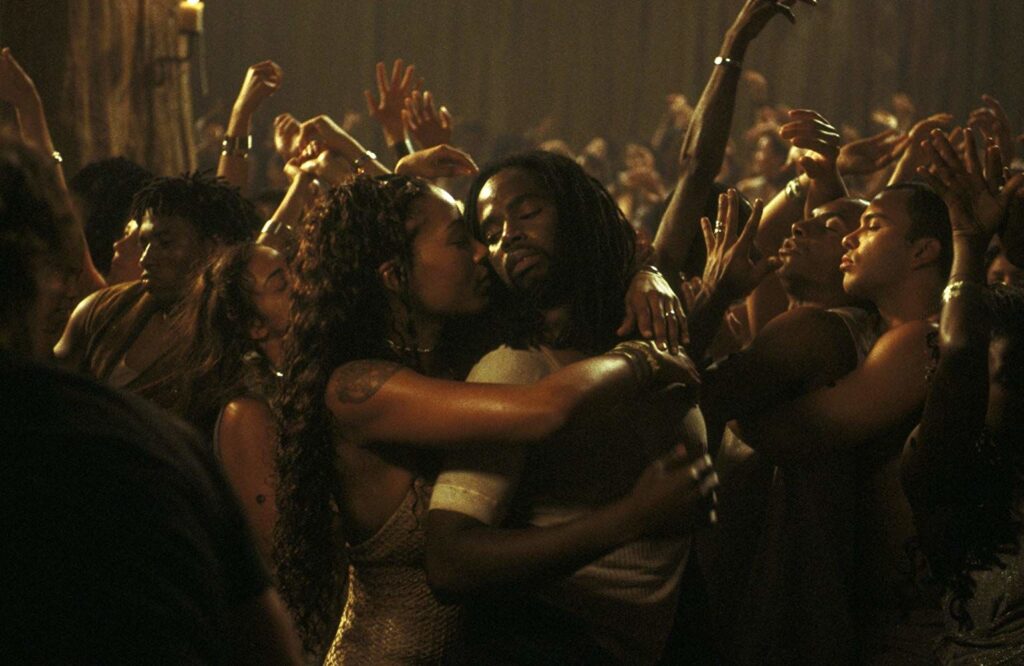
Within this sequence, the Wachowskis appear to be firing on all cylinders. Taking all that makes The Matrix films so special, the sisters hone in on the most emotionally resonant elements. Sure, they obviously make for outstanding action films, but the romance between Neo and Trinity is one of the greatest love stories ever put to film. The contemplative nature of the series itself makes for a more philosophical viewing, and the religious allegories are plentiful and vary between the obvious and obscure. These core ideas bring genuine weight to the film in a way even the greatest action scenes cannot.
The scene in question is one of the more overtly religious moments, beginning with a sermon from Councillor Hamann and Morpheus. With a brief introduction from Hamann asking for remembrance of those lost and giving thanks to friends and loved ones, he introduces Morpheus to speak (at which point the crowd goes wild). The cave erupts in cheers, not just for the man he is or the legendary figure he takes on in the Matrix itself, but also for his faith. Throughout the trilogy, Morpheus has the deepest dedication to his ideals and belief in the One. He represents the push often needed to find oneself through turmoil and inner struggle. As far as cinematic speeches go, Morpheus’ call to Zion deserves to be in the pantheon.
As the onlookers listen intently, the message of the riveting speech becomes abundantly clear, and the reason for the ensuing party is revealed. As a massive army of Sentinels are converging on Zion, Morpheus beckons the crowd to send a direct message to the indistinguishable attackers: They are not afraid. As the music begins to build and Morpheus takes his leave, the dancing begins.
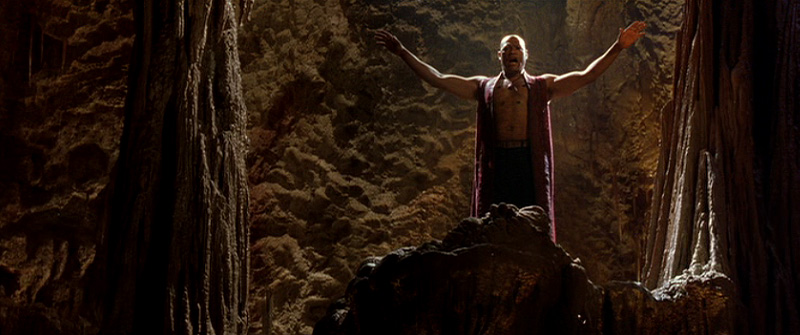
Prior to the full carnal pleasures of this scene engulfing the viewer, two critical moments are shown. Firstly, we are formally introduced to Niobe, Morpheus’ former lover, who remembers a time when he used to dance, but is now involved with Commander Lock. Secondly, we see Neo and Trinity come together again, blocking out all the noise in search of somewhere quieter to be with one another. While all of this is taking place, the party of the century is beginning in the echoing halls of Zion. In just under 10 minutes, The Matrix Reloaded has more to say about resilience and the importance of human connection than some films do in their whole runtime. Through pure physicality and erotic undertones, the Wachowskis craft a microcosm of the entire Matrix franchise. Within a scene made up of three key moments, it’s boiled down to the most core values these films represent.
The camera sweeps over the expansive hall in which the rave takes place, and suddenly, a gong rings, at which point the grungy electronic music kicks in. From here on, we get to witness some of the purest forms of expression known to humanity: thousands of survivors jumping, bumping, and grinding on one another as the music seemingly places everyone in a trance. In this sea of faces, the only recognizable ones are Link and Zee, two characters introduced in scenes prior.
We catch glimpses of Neo and Trinity wrapped in embrace of one another in bed, spending a few solitary moments of passion together while they still can. Sweat flies off the body of an unnamed dancer; We see jewelry adorn wrists, hands, and ankles; clothing that has turned see-through due to sweat. Why do they party? Because they remember, as Morpheus shouted, yet it’s not just because they remember the pain that was suffered to get there, but also simply because these survivors have the ability to remember. The fact they are still there is a blessing in and of itself. With that, there is more than enough cause to celebrate, even if it may be the last time they can do so. As the music fades out, we see one final dash of memory: Neo remembering his dream of Trinity dying. It is here that the boldness of the Wachowskis’ narrative choices are fully felt.
In an entire segment built around the idea of remembering being a blessing and being unafraid, we are shown the antithesis. Neo, our main protagonist and the One who will save all of humanity, remembers—and he is deeply afraid. It’s a daring move that fits directly in line with The Matrix franchise and specifically Reloaded, in that the human condition has multitudes and is a deeply contradictory experience at times.
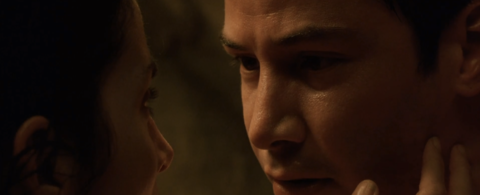
This is a subversive sequel to an already disruptive film in the eyes of Hollywood and certain audiences. Many dismiss the rave sequence as overlong, unnecessary, and experimental in stylistic choice. The fact it exists at all is miraculous, and the Wachowskis’ decision to keep it in should be applauded, but for it to drop such a bombshell like that in the final, quiet moments is truly otherworldly. This scene as a whole speaks to a devout belief that is notable throughout all of the Wachowskis’ work: bold decisions pay off. Critically and financially, their filmography may appear panned at times, but what truly counts is how an audience perceives the whole project. For myself, and many others who believe the sequels to The Matrix are special, it’s a moment like the rave that is pure bliss to witness: An uncompromised vision that speaks directly to the soul about the human mind and the power it contains.
The human mind is nothing if not deeply strange. It’s an organic supercomputer, which allows us to comprehend immense details and store memories both beautiful and painful; yet it has its limits. How can something so powerful willingly allow us to be hurt by negative emotion or traumatic memories/experiences? Is there no evolutionary failsafe that could protect us from ourselves, or more specifically, our thoughts? Obviously, the sheer notion that we remember pain and suffering is, in fact, a shield for us. If we touch something that is hot, the pain we experience reminds us to not repeat a similar mistake. Our brain categorizes moments of time for our benefit, and this is what Morpheus capitalizes on within his speech to Zion. To be prepared for the impending attack on humanity itself, these survivors must remember all they have been through. This works in a literal sense with regards to physical defense, but Morpheus is speaking more to beliefs and ideals. Without remembering all we have lost or gone through, there can be no appreciation for life. And without appreciation, there can be no hope. It is yet another key facet in the thematic umbrella that looms over this film. The Wachowskis make every line of dialogue feel essential, not just in the timeline of the film, but also as a prescient message for years past and those yet to come.
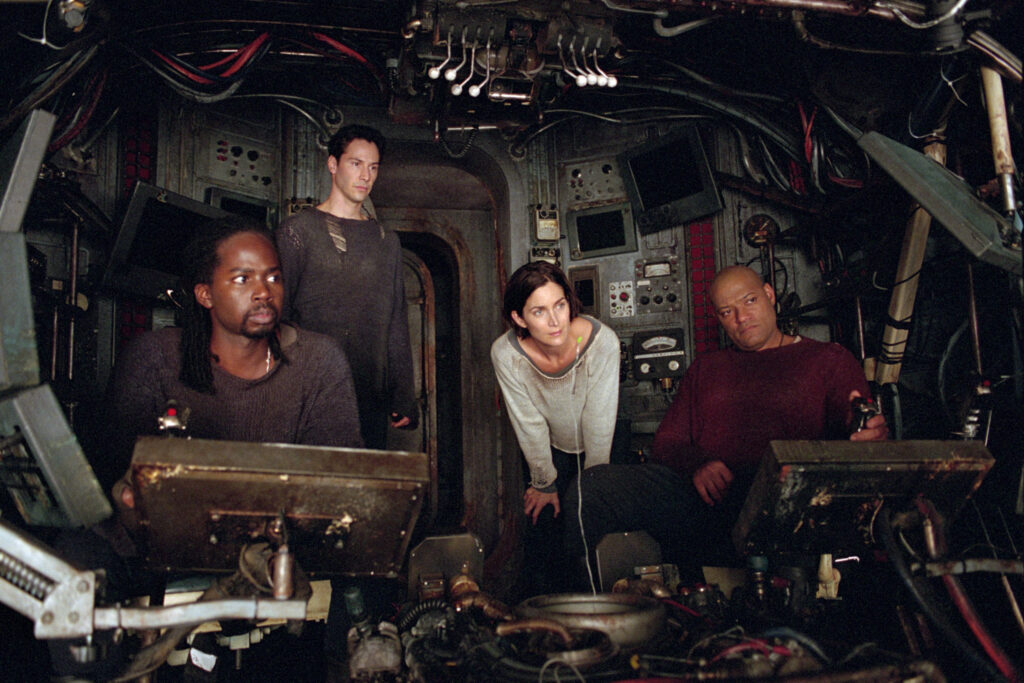
The past few years have been tough on everybody, with a variety of ongoing struggles and hardships. There have to be methods of coping, and I feel that dissecting this scene in particular sheds light on one I have found particularly helpful in my search for inner peace and a better life. This ability of remembrance allows us to be appreciative, and by constantly appreciating, the days seem to go by more smoothly. Not every day will be easy to pull something to the forefront of your mind, but those days when you have to mine for a minute detail can be even more rewarding. To truly appreciate the things you never used to notice is a gift in and of itself. It’s these smaller moments in time that help me remember all the good there is in the world, and why we forever persevere against hardship and turmoil. As Morpheus says, “I remember what matters most. We are still here!” Yet as he steps off stage, his momentum is stopped in its tracks. There’s a momentary pain in his eye as his attempt to speak with Niobe is blocked, and he acknowledges that some things do change, and they may not always be in our favor.
An emotion like this is difficult to combat and even harder to convey or understand. Some pain must be too difficult to bear, so how are we meant to simply accept it as a part of life? The pain of certain loss may never weaken, but the longer it sits upon one’s mind could only mean one thing: love is the root cause. An even more potent form of appreciation, this scene is rooted in moments of pure love. Zee is scared to lose Link if he follows Morpheus and Neo. So, what do they do? They dance among the crowd, as if it is their last night together. The passion is clear in their faces as their hands intertwine with one another to the entrancing music. We see Neo admit his fear to Trinity after making love, wherein she grips his hand and assures him of her place in his life, both literally and emotionally. The final moments of this scene are the linked bodies of our lovers as the camera pulls back to let them share a moment of intimacy in true privacy. For all that Neo can do and all that he represents, he is still human. And as tough and adaptable as we may be, the fear of losing those we love can be debilitating.
Yet it’s moments like these, of utter expression and gratitude, that matter most when faced with that fear. To me, this is one of the most freeing moments in cinema. It takes the raw nature of dancing and powerful emotional catharsis and blends them into something unique. From a creative perspective, it’s a moment where the Wachowskis are pushing the limits of what can be thematically relevant to the brink and breaking past the barrier. On a subtextual level, it’s a complete breakdown of what makes The Matrix franchise so deeply moving and inventive. It addresses the necessity of emotional expression, whether that be of something as beautiful as love or as frightening as loss. And at the end of the day, in terms of visuals, it just feels like a rave scene as bombastic as this is deserved. It’s a stylistic exercise that has true weight to it in a myriad of ways. It’s a moment that works on every single level, and for just under 10 minutes, the Wachowskis invite the viewer into their world as a reminder that uninhibited, creative expression is about as human as we can get. To disregard emotion is a sin, and The Matrix Reloaded makes this point abundantly clear. We can only hope that in a time where human connectivity was stripped away from us so suddenly, there will still be artists championing for a more open perspective for years to come.
